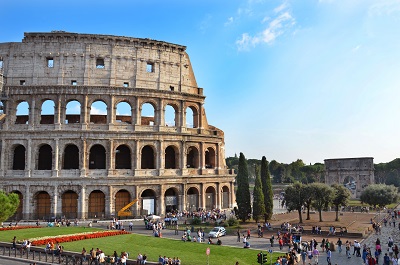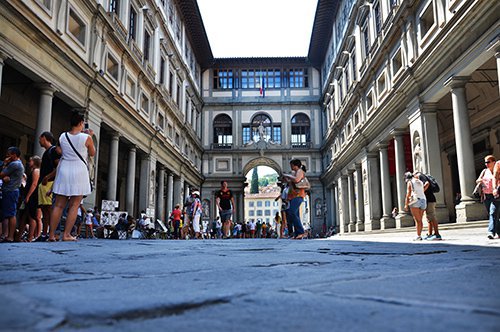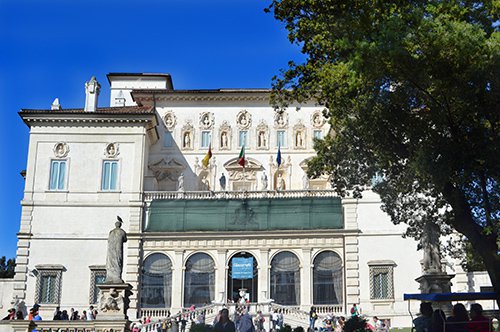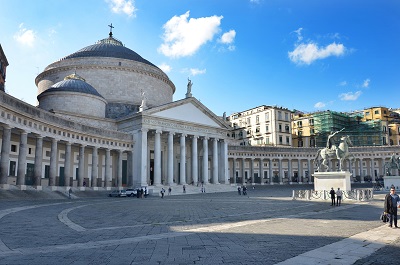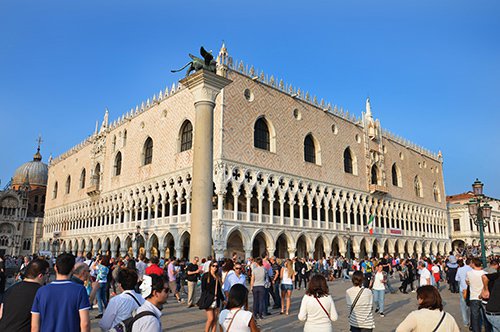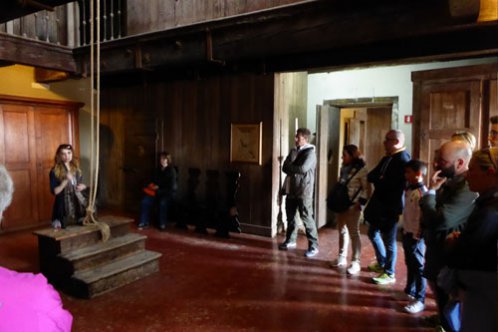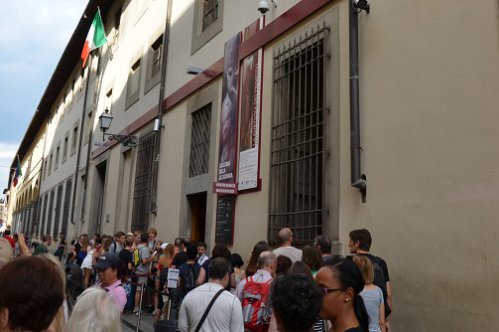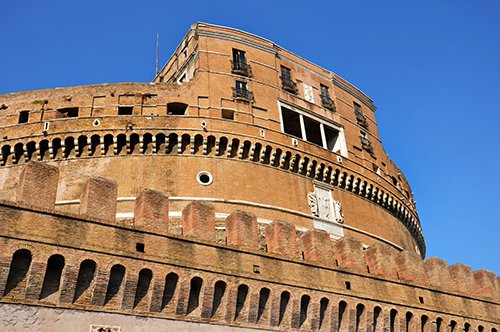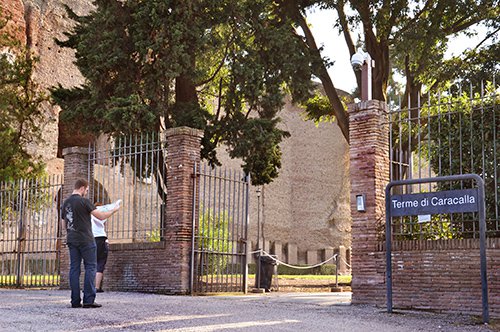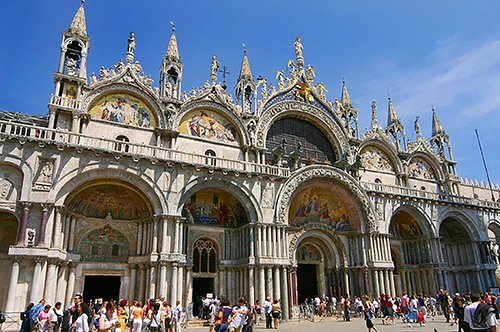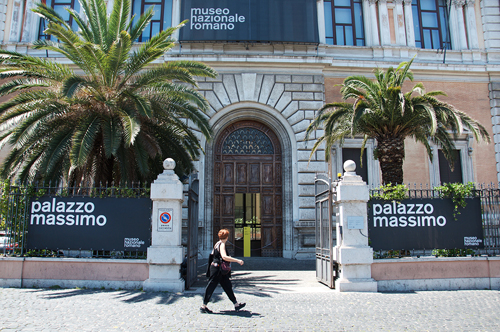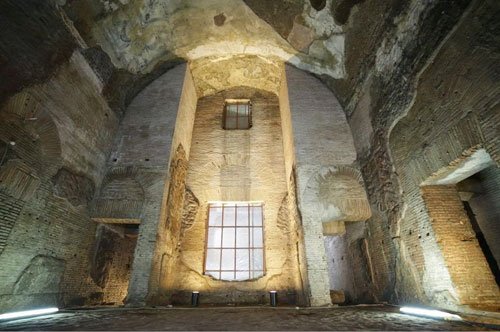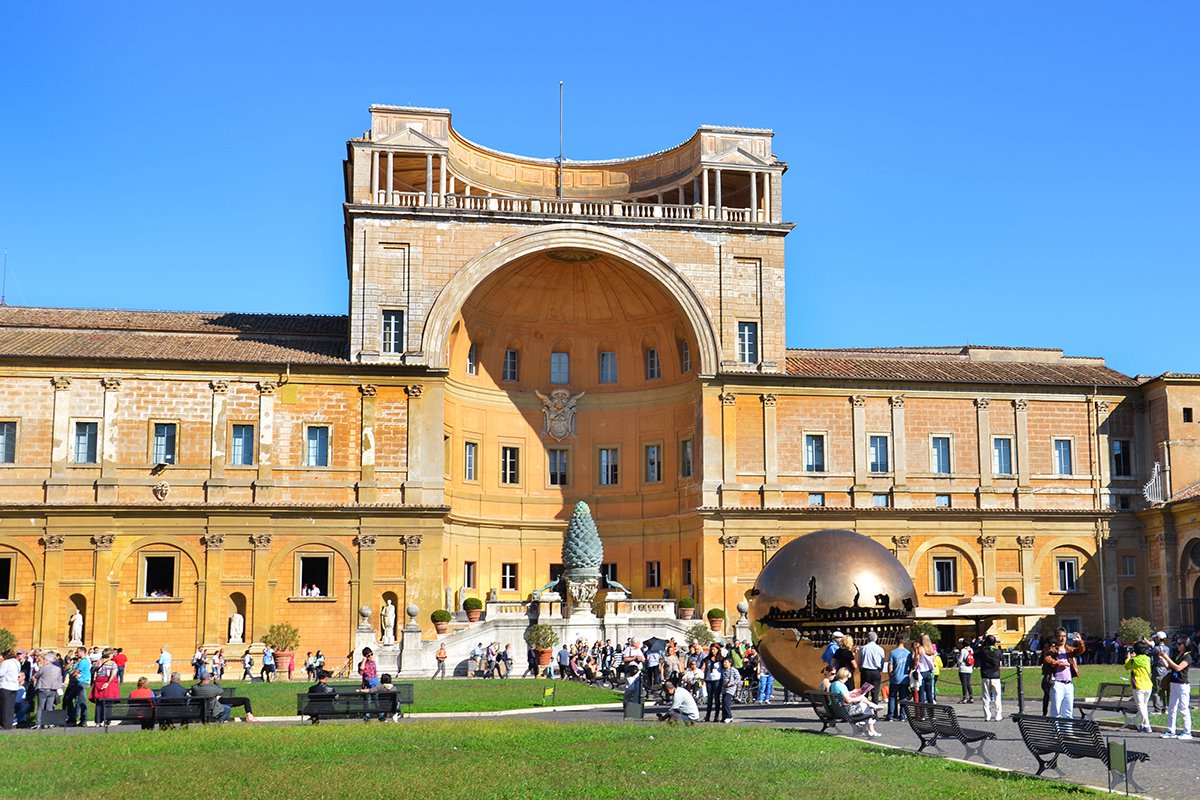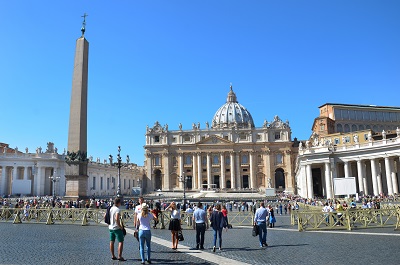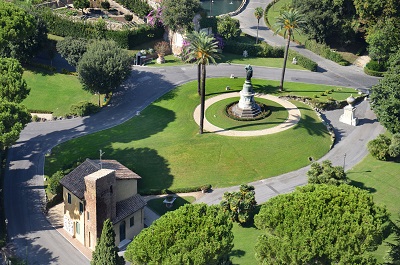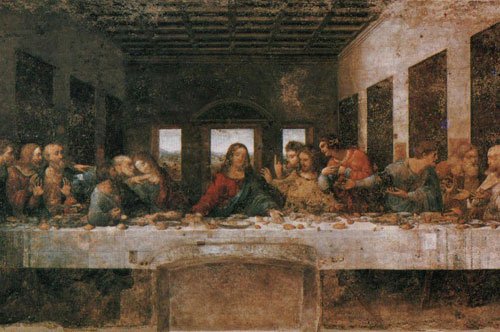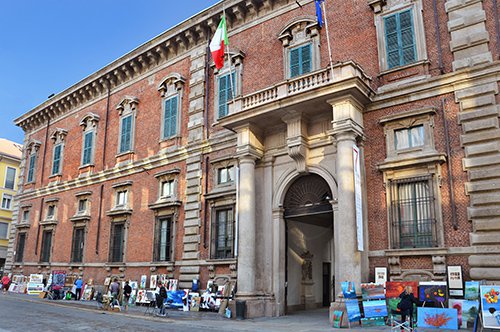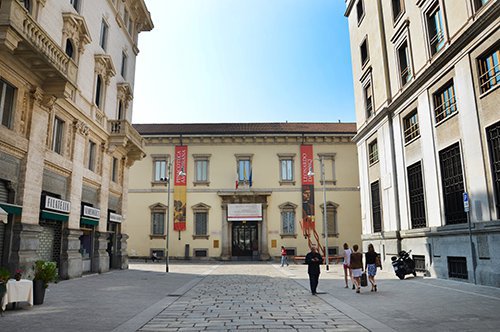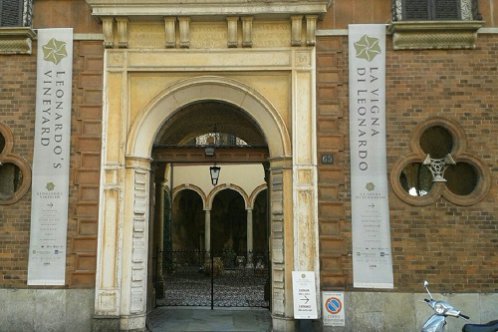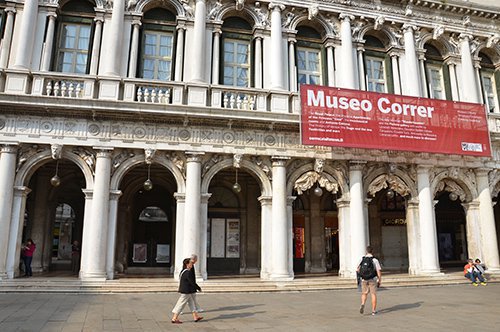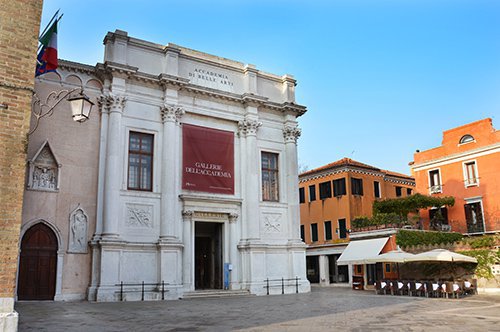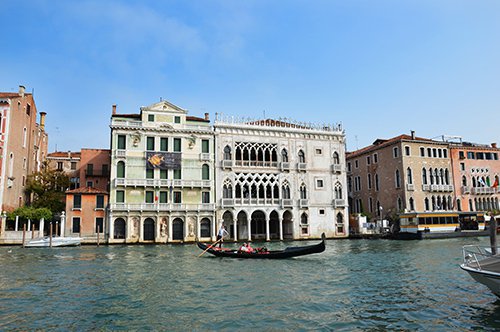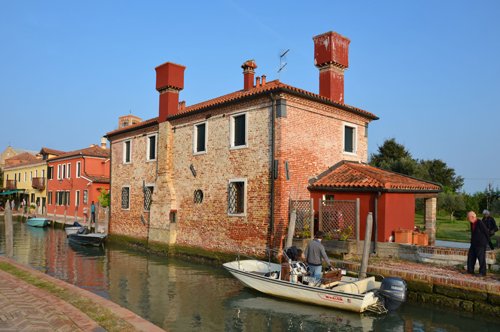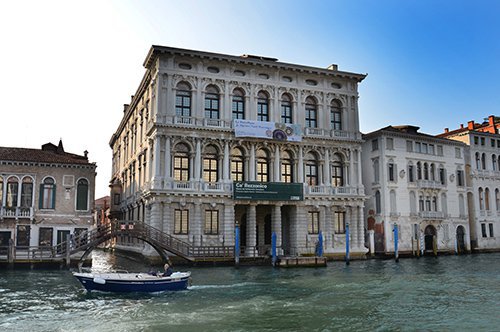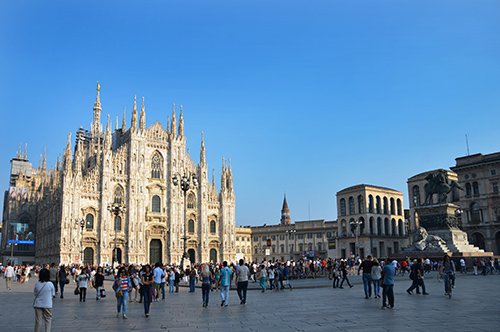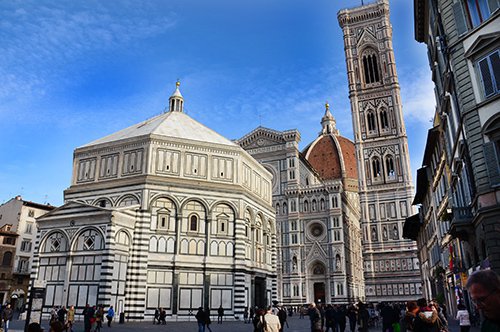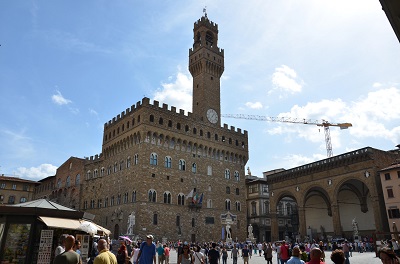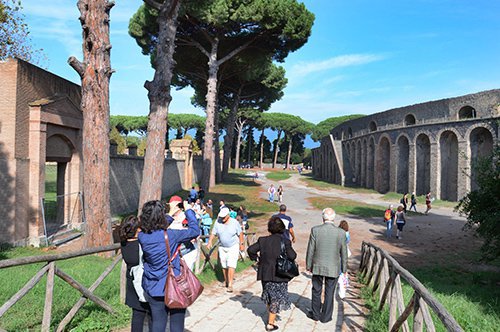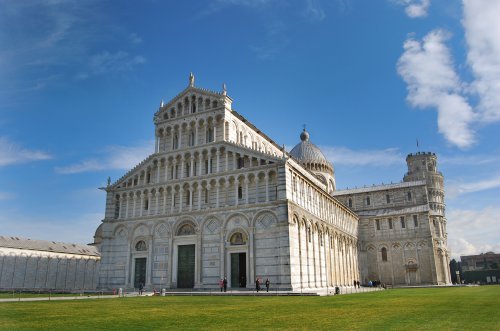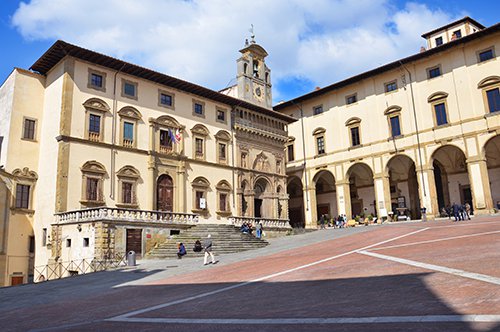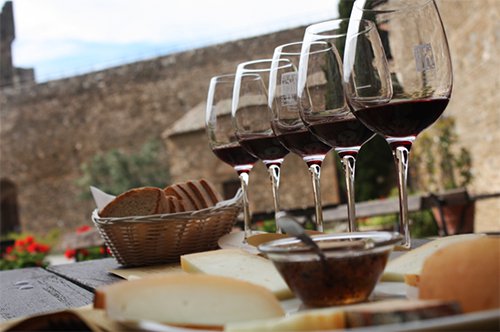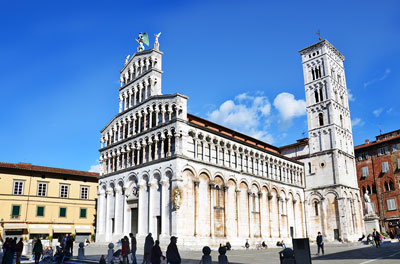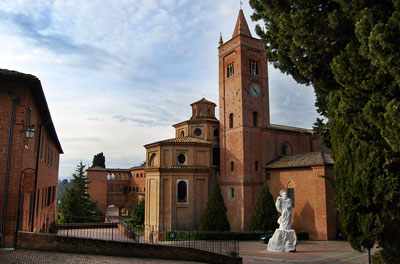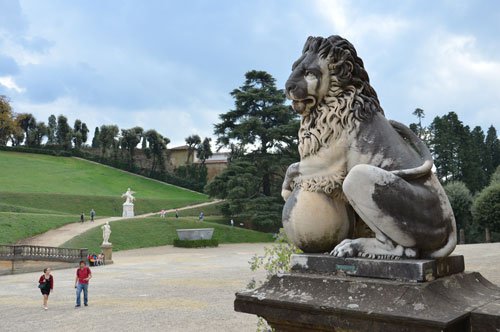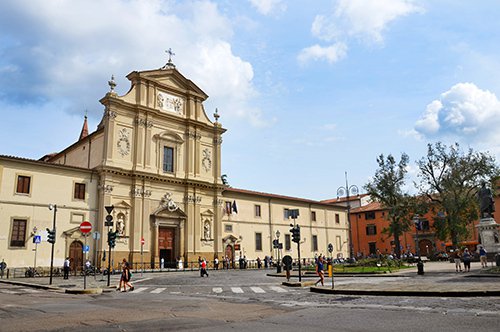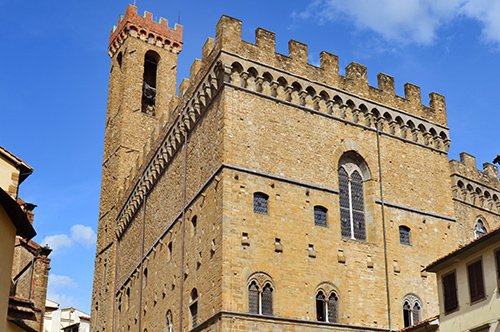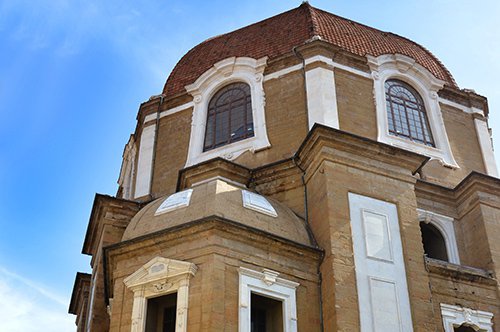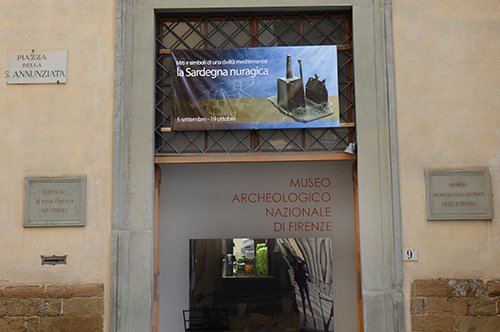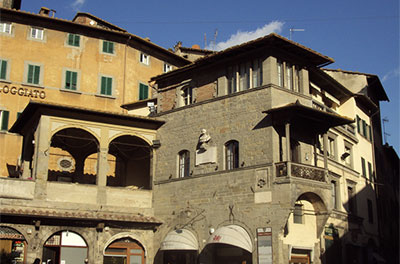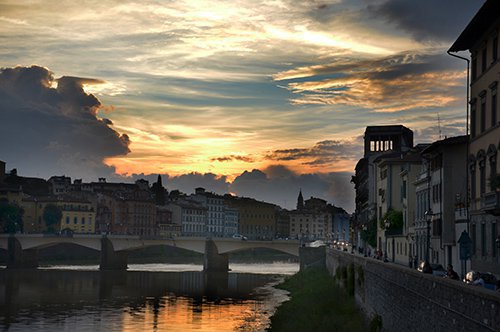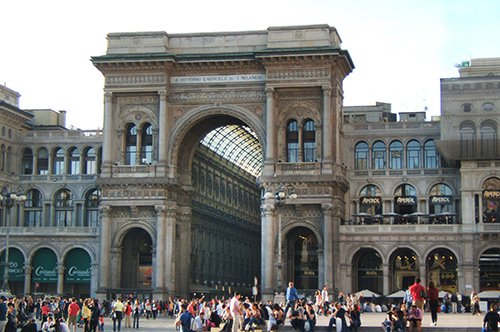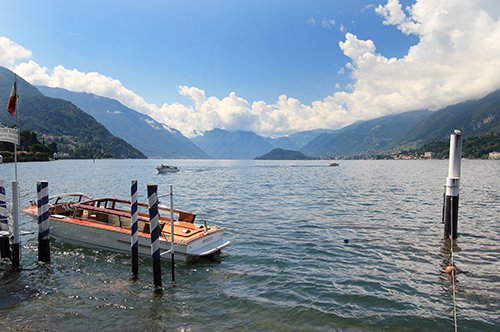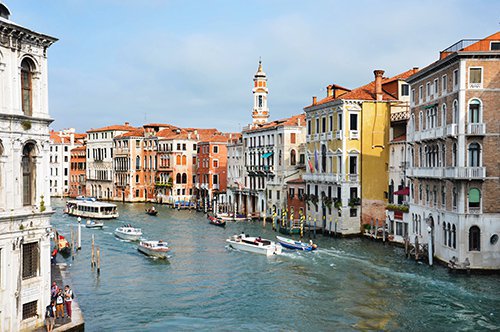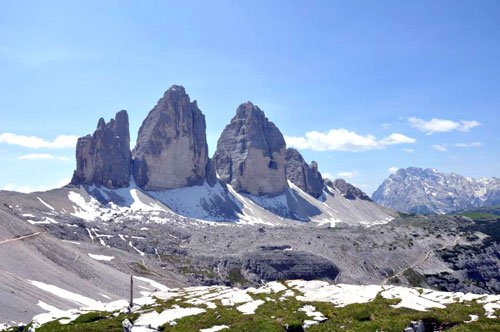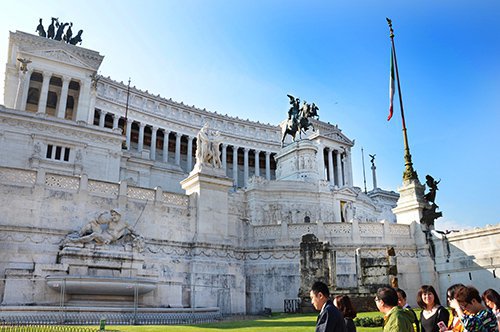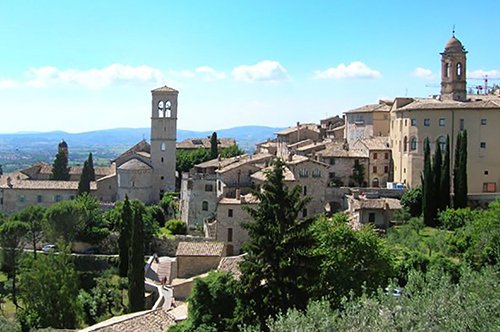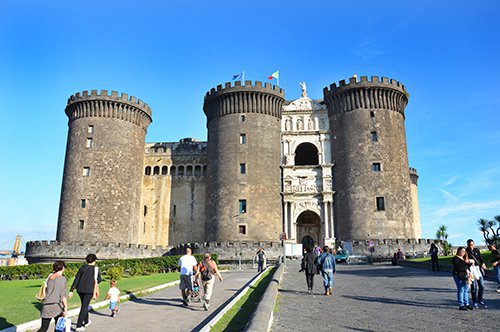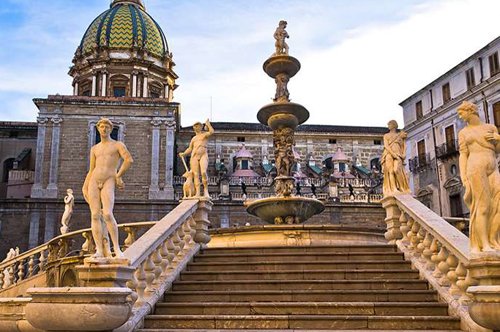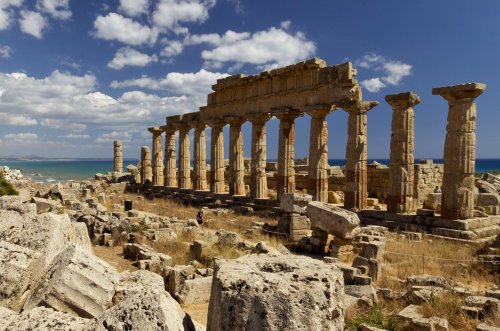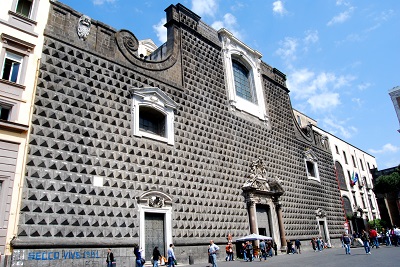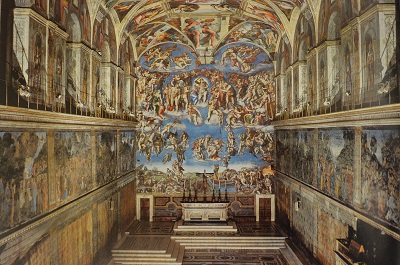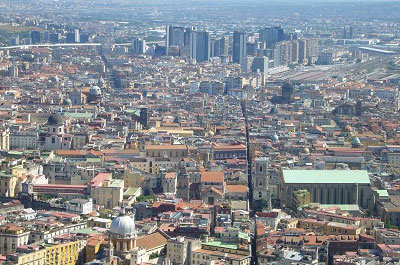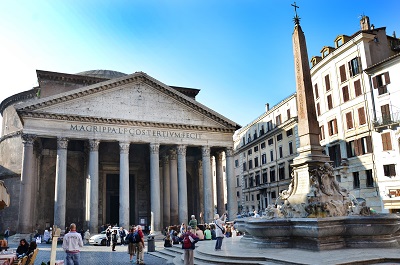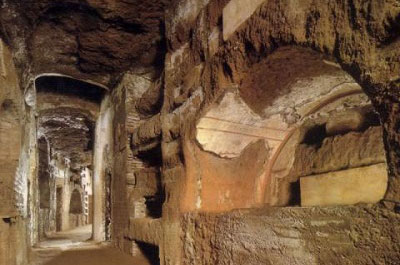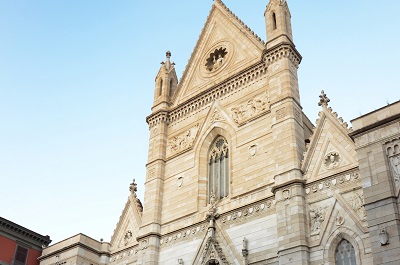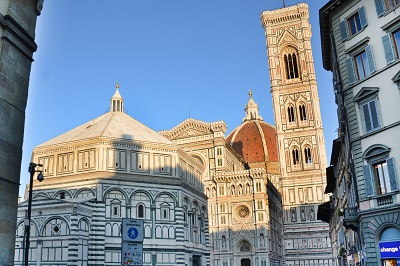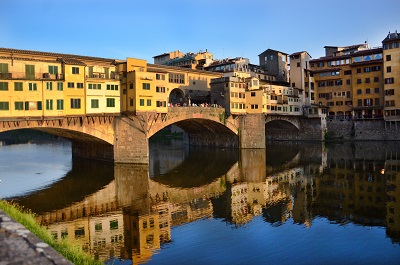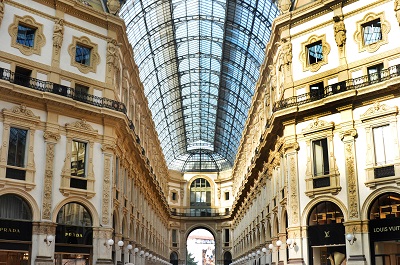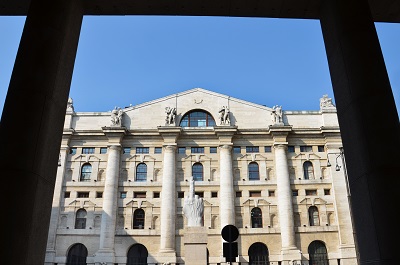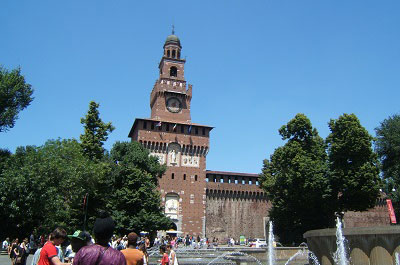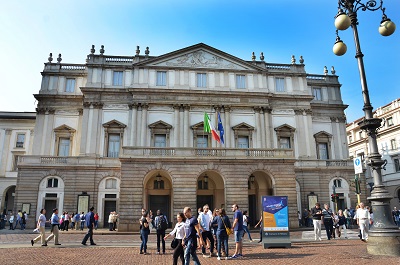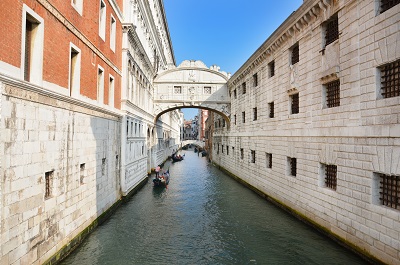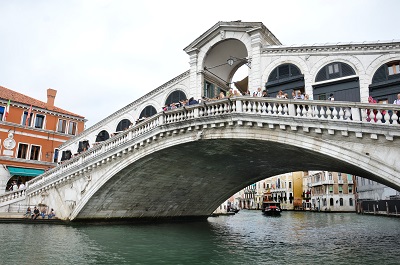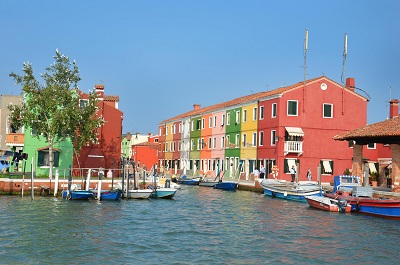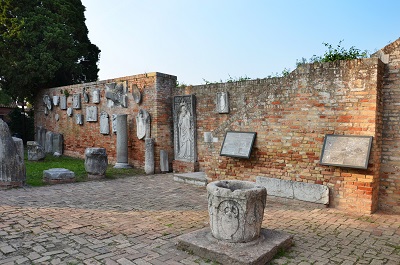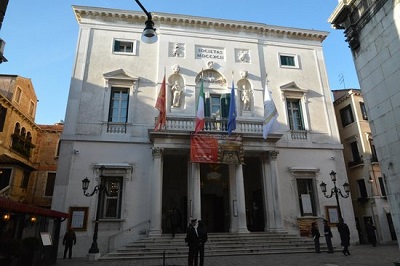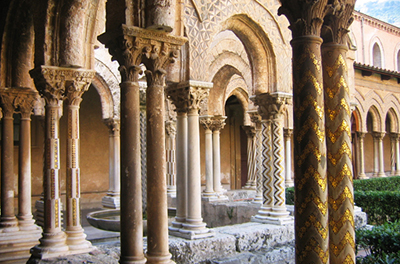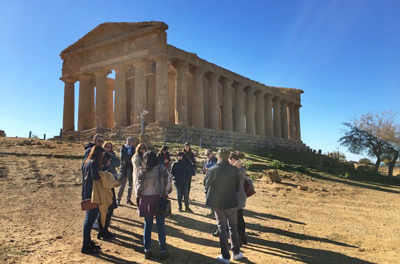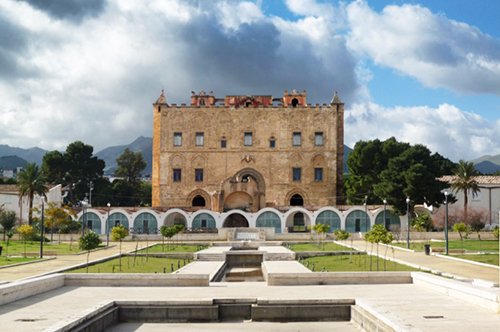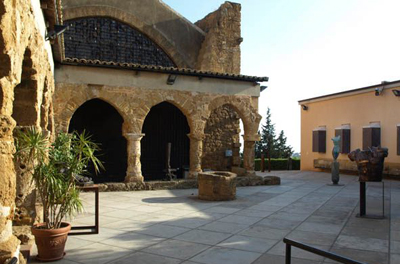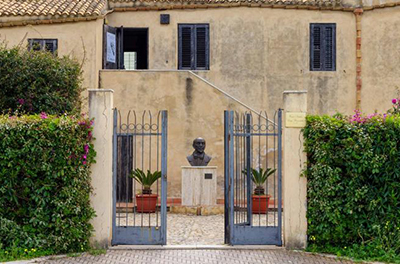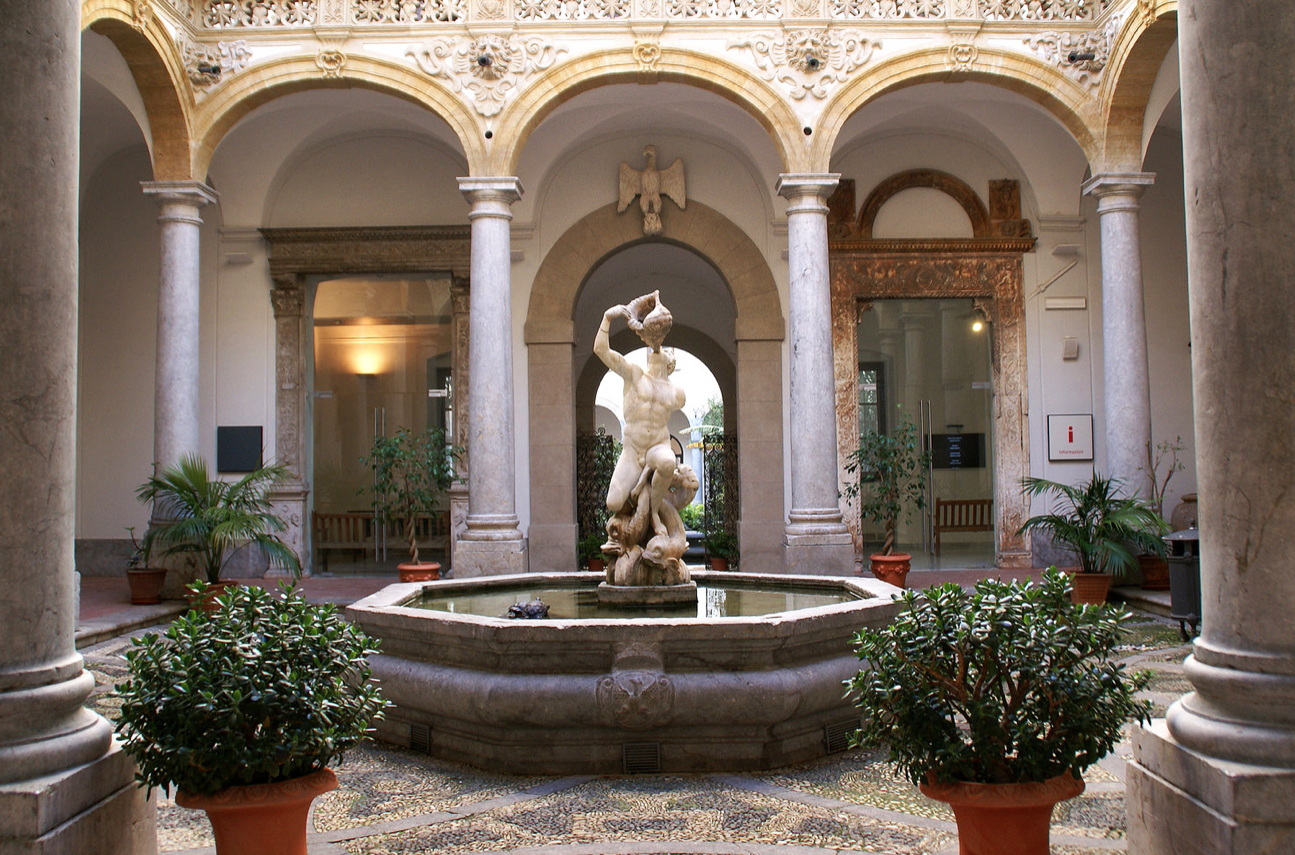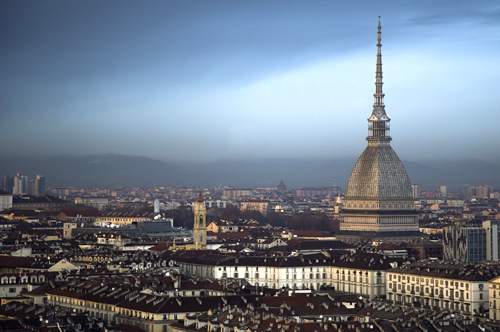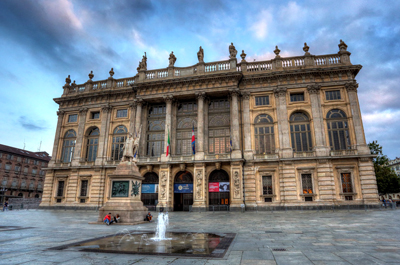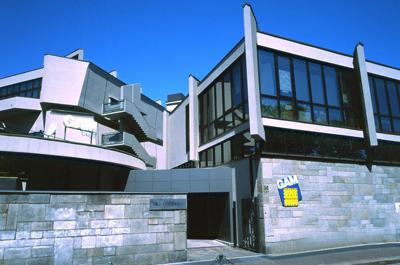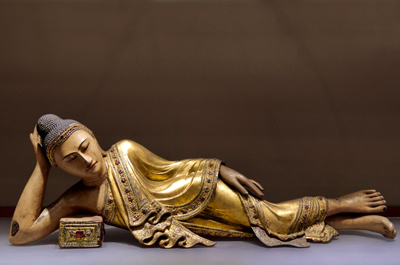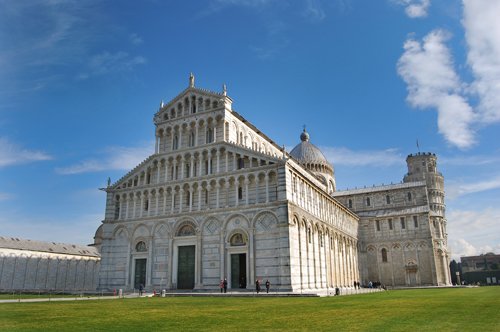National Roman Museum
All Categories
Tickets
Guided Tours
Private Tours
WHY VISIT THE ROMAN NATIONAL MUSEUM
Visiting the Thermal Baths of Diocletian, you will be able to see besides the museum, the impressive tenth classroom with the tomb of the Platorini and two tombs of the Necropolis of Via Portuense. By visiting the Crypta Balbi, you will be able to know the history of this site from antiquity to the present and discover the transformations of the city of Rome from the late ancient period to the medieval period.
In the Massimo Palace, it is possible to admire a beautiful collection of classic art that includes sculptures, frescoes, mosaics and coins, and in the Altemps Palace you can admire several Greek and Roman sculptures of the XVI and XVII centuries belonging to the noble Roman families. If the archeology and the history of ancient art fascinate you, go through the circuit of the Roman National Museum and it will surely offer you the opportunity to study and deepen your interests and your knowledge in this field.
A LITTLE HISTORY OF THE ROMAN NATIONAL MUSEUM
The Roman National Museum was founded in the late 1800s as a place to preserve and exhibit works belonging to the city of Rome in relation to the historical period that goes from the V century BC to the III century AD. Here the collections of the Kircheriano Museum and the Villa Ludovisi were welcomed, as well as the discoveries of archaeological finds in the city of Rome.
The first headquarter was located inside the Thermal Baths of Diocletian in the cloister of the Basilica of St. Mary of the Angels and the Martyrs. At the end of 1900, the Museum expanded to the headquarters of Massimo Palace, Altemps Palace and Crypta Balbi.
WHAT IS THE ROMAN NATIONAL MUSEUM NOWADAYS?
The Roman National Museum is an archaeological museum located in four different venues and organized by the Superintendence of Archaeological Heritage of the city of Rome. It is possible to visit the four venues with a single entrance that has a validity of three days and they are: Massimo Palace, Altemps Palace, Crypta Balbi and the Baths of Diocletian.
The Massimo Palace, built by the architect Pistrucci at the end of the 1800s, houses a numismatics and goldsmith section as well as an old art section. The Altemps Palace, built by the Riario family in the 15th century, is not far from Navona Square and houses the Egyptian collection. Also part of this building is an old theater used today for temporary exhibitions. The Crypta Balbi is the headquarters of the Archaeological Laboratory where activities such as restoration, archiving and study are carried out, connected to the Balbus theater complex in Rome which houses the archeology and history section of the urban landscape and the section on the city of Rome from antiquity to the Middle Ages.
The Thermal Baths of Diocletian were built around 300 AD and are located between the Republic Square, Cinquecento Square, Via Volturno and Via XX Settembre. In the interior we currently find the epigraphic section, the protohistoric section and outside it is possible to visit its gardens.
CURIOSITIES OF THE ROMAN NATIONAL MUSEUM
Did you know that the name of the Altemps Palace (Palazzo Altemps) derives from Cardinal Marco Sittico Altemps who lived here since 1568? The collection that is currently visible in the museum comes from noble Roman families such as the Ludovisi, Mattei and Del Drago. On the roof of the palace is a rampant ibex that is the emblem of the Altemps family.
Did you know that the Thermal Baths of Diocletian, built between 298 and 306 AD, are the largest thermal bath complex ever built? They extended over 13 hectares and could accommodate up to 3,000 people within its libraries, gyms, a large pool of 3500 square meters and three typical environments of the Roman thermal baths, the frigidarium, the tepidarium and the caldarium.
HOW TO VISIT THE NATIONAL ROMAN MUSEUM?
It is possible to visit the National Roman Museum by buying the tickets online. We suggest you to book the combined ticket valid for 3 days, so you can visit all the museum's venues (Massimo Palace, Balbi Crypt, Altemps Palace and the Thermal Baths of Diocleziano).
OTHER ATTRACTIONS
Visit the Roman National Museum following its four sites on the Map of Rome, you can also visit many other monuments and places of historical and cultural interest such as Piazza di Spagna with the steps of Trinità dei Monti, Navona Square with the Fountain of the Four Rivers in the center of the square the wonderful Trevi Fountain, one of the most famous fountains in the world.
Very close to the Altemps Palace, passing through Navona Square, you can visit the famous Colosseum, the Palatine and the Roman Forum. From the Colosseum, with a short walk you can also visit the Domus Aurea of Nero. The Altemps Palace is located right on the opposite side of the Tiber River with respect to Castel Sant'Angelo and the Vatican City. Within the independent state of Vatican City, you can admire the St. Peter's Basilica and of course, the immense treasure that is in the Vatican Museums as the frescoes of the Sistine Chapel, as well as walking through the Vatican gardens.
The Crypta Balbi is very close to the Capitoline Museums and if you want to continue your journey discovering the remains of ancient Rome, visit the archaeological sites of the Caracalla Thermal Baths, Villa dei Quintili, the Catacombs, the Pantheon and the Ara Pacis. If instead you want to immerse yourself in the works of art in the Roman galleries, visit the magnificent Borghese Gallery or, just outside Rome, the Villa d'Este in Tivoli. Half an hour from Rome you can't miss the beautiful town of Castel Gandolfo, the summer residence of the Pope.



